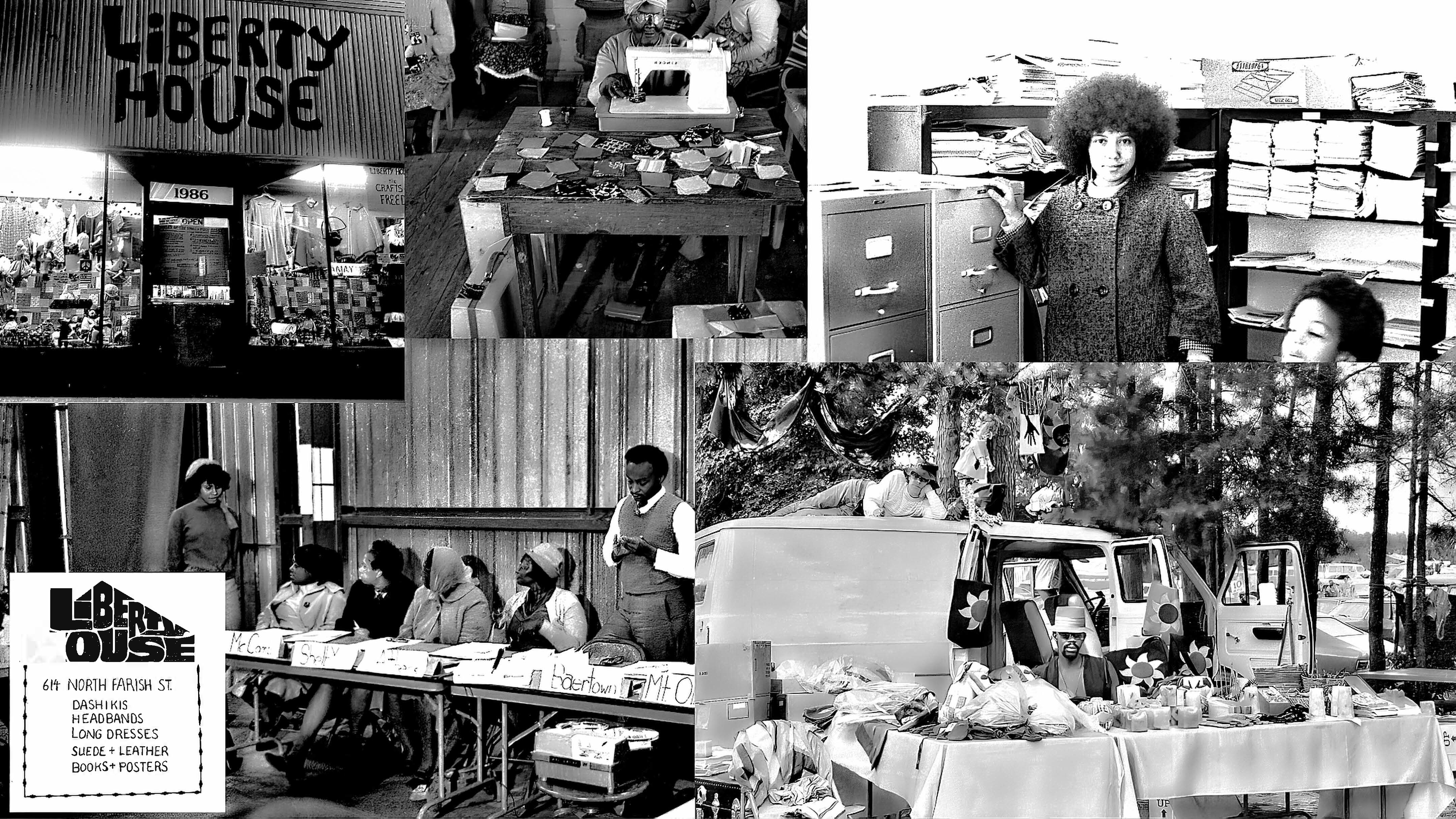
- This event has passed.
Liberty House Online Photo Exhibit Launch
 In the fall of 1965, Jesse Morris, Doris Derby and other members of the Poor Peoples Campaign formed the Liberty House. Over the years, they trained hundreds of poor African Americans in different communities across Mississippi in crafts that were collected and sold to Liberty Houses across the nation. Each Liberty House was a store that sold items from Mississippi Cooperatives plus items made from each store location. The Mississippi cooperatives, were small in size and often led by women, included Aberdeen (sewing), Athens (sewing), Canton (sewing), Cleveland (leather), Macomb (leather/sewing), Mount Olive (sewing), Mount Nebo (puppets/dolls), Prairie, Shaw, Rose Hill, Shelby (sewing/belts), Tchula, West Point (woodwork), and White Station (candles). Often, the cooperative members were worked either as domestics in white homes, chopping cotton, and other low-paying, difficult jobs. At its height in 1967-1968, the co-operatives were producing thousands of products for sale in upscale markets such as Bleeker Street in New York City. The objects made were clothes, leatherworks, dolls, candles, wood crafts, and many other things.
In the fall of 1965, Jesse Morris, Doris Derby and other members of the Poor Peoples Campaign formed the Liberty House. Over the years, they trained hundreds of poor African Americans in different communities across Mississippi in crafts that were collected and sold to Liberty Houses across the nation. Each Liberty House was a store that sold items from Mississippi Cooperatives plus items made from each store location. The Mississippi cooperatives, were small in size and often led by women, included Aberdeen (sewing), Athens (sewing), Canton (sewing), Cleveland (leather), Macomb (leather/sewing), Mount Olive (sewing), Mount Nebo (puppets/dolls), Prairie, Shaw, Rose Hill, Shelby (sewing/belts), Tchula, West Point (woodwork), and White Station (candles). Often, the cooperative members were worked either as domestics in white homes, chopping cotton, and other low-paying, difficult jobs. At its height in 1967-1968, the co-operatives were producing thousands of products for sale in upscale markets such as Bleeker Street in New York City. The objects made were clothes, leatherworks, dolls, candles, wood crafts, and many other things.
